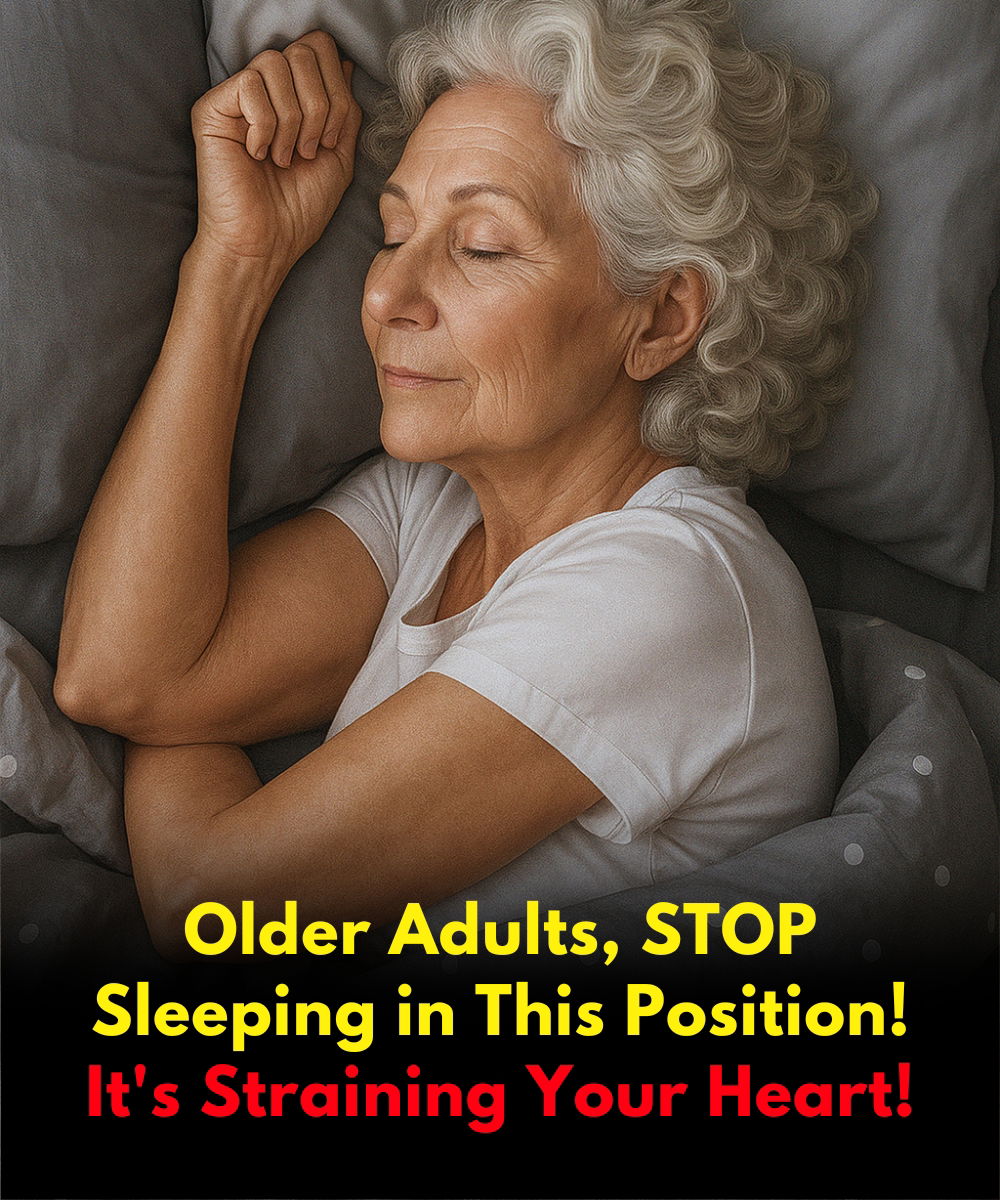
As we grow older, our sleep patterns play a vital role in maintaining heart health. Quality sleep doesn’t just boost mood and energy levels—it also has a direct influence on cardiovascular function.
Yet, many seniors are unaware that certain sleep positions can put unnecessary pressure on the heart, potentially worsening conditions like hypertension, sleep apnea, or heart failure.
In this article, we’ll explore which sleep posture poses the greatest risk and share practical tips to promote heart-friendly sleep habits.
The Sleep Position Older Adults Should Avoid
❌ Left-side sleeping: Subtle strain on the heart
While it may seem harmless, lying on the left side can be problematic for individuals with heart conditions.
This position places more of the body’s weight on the heart, which may slightly impair its efficiency by compressing the chest area.
For older adults dealing with heart failure or breathing difficulties, this added pressure can result in palpitations, shortness of breath, or feeling more fatigued upon waking.
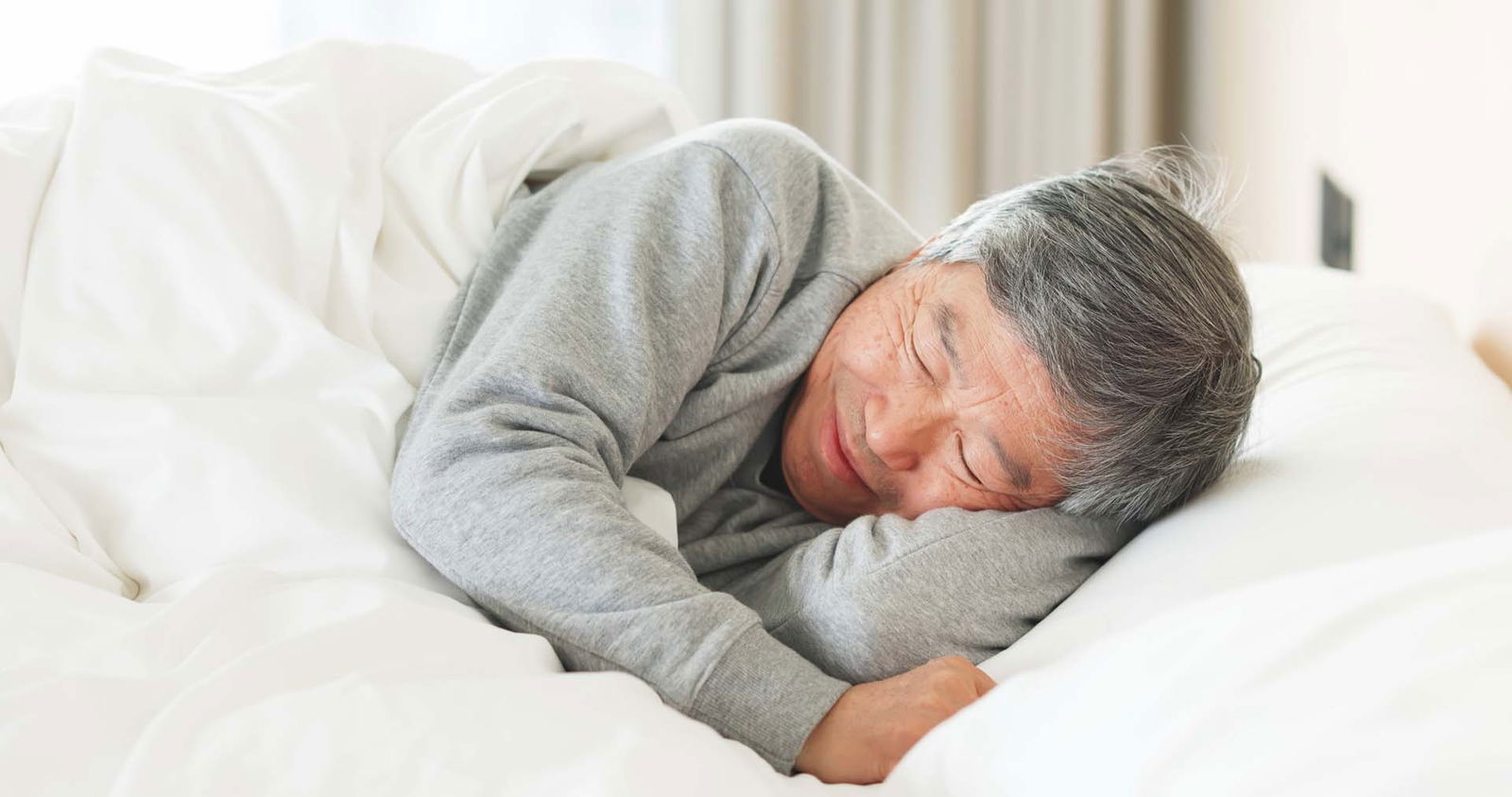
Left-side sleeping also tends to increase intrathoracic pressure, which may interfere with blood flow back to the heart, making it harder for the cardiovascular system to function smoothly.
Although it’s not dangerous for everyone, individuals with preexisting heart disease might notice a worsening of their symptoms when sleeping this way.
So, What’s the Most Heart-Friendly Sleeping Position?
✅ Right-side sleeping: The better option
For people with heart issues, sleeping on the right side is generally the safest and most beneficial choice.
This posture relieves pressure on the heart and supports better circulation.
Studies also suggest it can decrease the frequency of sleep apnea episodes and lead to deeper, more restful sleep.
🚫 Sleeping on your stomach: Best to avoid
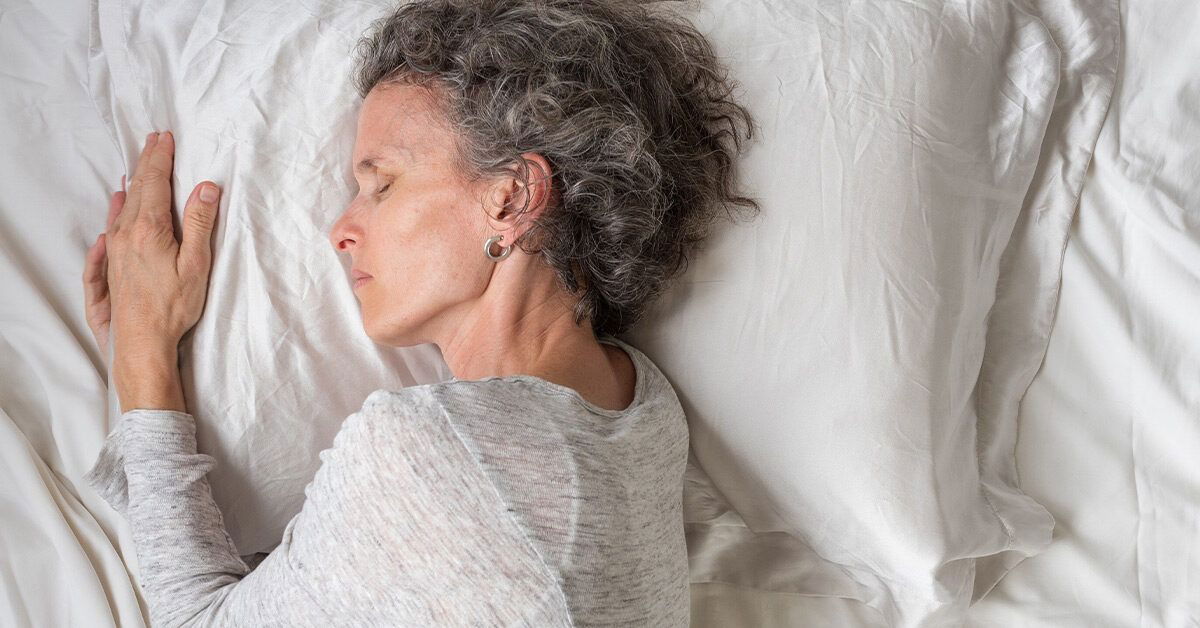
This position tends to compress the lungs, apply unnecessary pressure on internal organs, and strain the neck and spine.
It is not advisable at any age, but particularly unsuitable for older adults with respiratory or spinal concerns.
⚠️ Sleeping on your back: Use with caution
Although back-sleeping is considered a neutral position, it can worsen acid reflux, lead to snoring, and potentially trigger sleep apnea in those who are prone.
It’s best used with care, especially for individuals with these specific issues.
Sleep Tips for a Stronger Heart
🛏️ Choose the right pillow
A pillow that is too flat or too high can misalign your spine and restrict airflow. Select one that keeps your head and neck aligned with your body for optimal breathing and comfort.
🌙 Stick to a regular sleep schedule
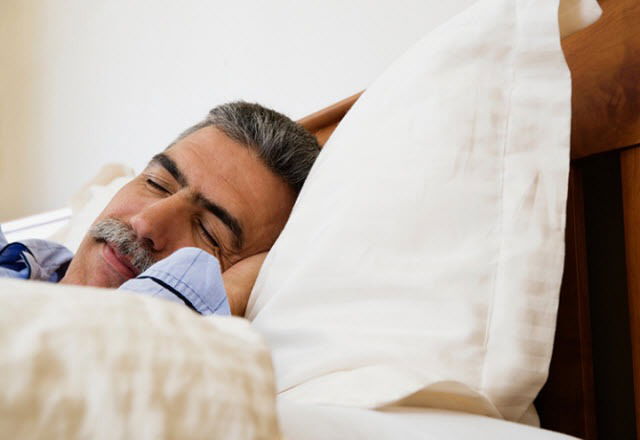
Going to bed and waking up at the same time every day helps regulate your internal clock (circadian rhythm), improving the overall quality of your rest.
🍵 Avoid caffeine and heavy meals at night
Eating large, rich dinners or consuming caffeine too late in the day can disrupt sleep and raise your heart rate. Instead, opt for a light, soothing dinner free of stimulants.
💨 Ensure good air circulation in your bedroom
A cool, well-ventilated sleeping space helps improve oxygen intake and reduces strain on the heart and lungs, promoting more restful sleep.
🩺 Talk to your doctor about sleep issues
If you notice symptoms like heart palpitations, waking up tired, or labored breathing during the night, consult your healthcare provider. These could be signs that your sleeping posture is impacting your heart or respiratory health.
Getting good sleep isn’t just about feeling rested—it’s essential for maintaining a healthy heart.
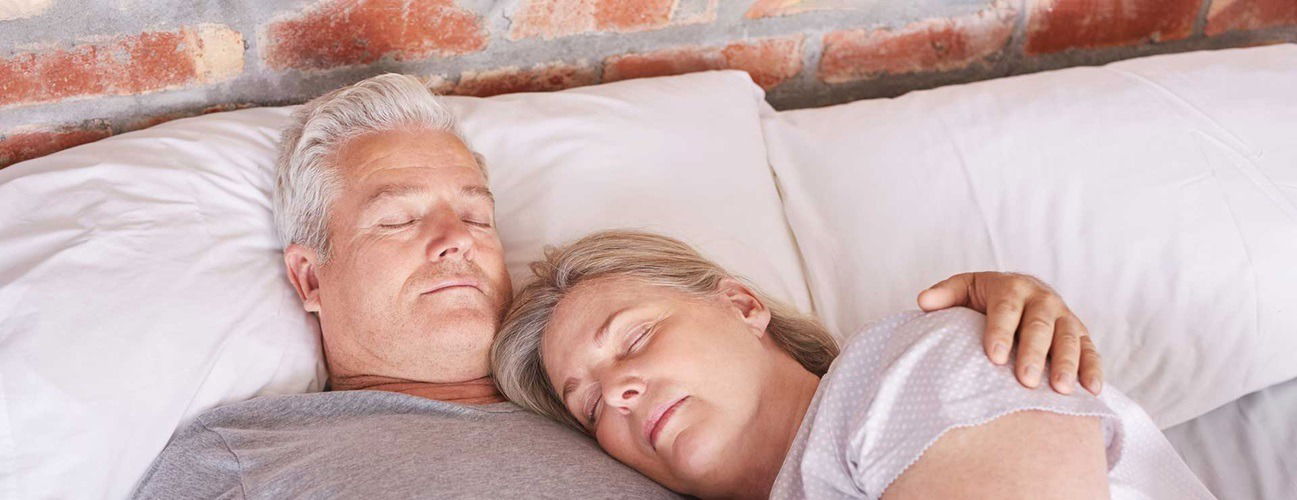
Choosing the right sleeping position can help improve your breathing, reduce cardiac stress, and help you wake up with more energy.
For older adults, small lifestyle changes like adjusting how you sleep can lead to significant improvements in everyday well-being.
















